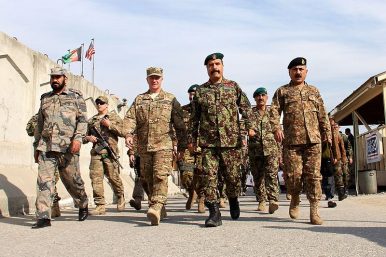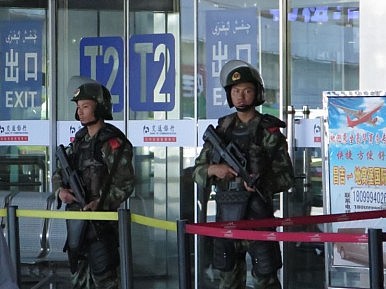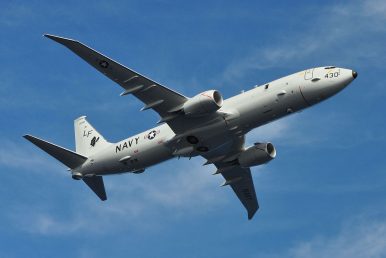By Umair Jamal
 The Trump administration, in its latest attempt to put pressure on Pakistan, has started to close various training programs for Pakistani military officials. Trump’s decision to shut down military training programs that have kept the two countries’ security institutions engaged means that Washington’s influence will further reduce over the country, particularly when it comes to the question of engaging with the national security establishment in Pakistan. Over the last two decades, one area of cooperation that remained off-limits to any bilateral rows was Washington’s intent to offer coveted training programs for Pakistani military officers, which have proven meaningful in the past when it comes to military-to-military relations between the two countries. While it’s unclear whether the latest decision was the result of a consensus among various security and diplomatic state institutions in the United States, the change is not going to become a factor that will shift Pakistan’s regional security policy, which appears to be the primary aim. On the other hand, however, it will certainly become a factor that will further drive away Pakistan’s national security apparatus when it comes to developing strategic ties with other states that are willing to fill the void being left by the United States.
The Trump administration, in its latest attempt to put pressure on Pakistan, has started to close various training programs for Pakistani military officials. Trump’s decision to shut down military training programs that have kept the two countries’ security institutions engaged means that Washington’s influence will further reduce over the country, particularly when it comes to the question of engaging with the national security establishment in Pakistan. Over the last two decades, one area of cooperation that remained off-limits to any bilateral rows was Washington’s intent to offer coveted training programs for Pakistani military officers, which have proven meaningful in the past when it comes to military-to-military relations between the two countries. While it’s unclear whether the latest decision was the result of a consensus among various security and diplomatic state institutions in the United States, the change is not going to become a factor that will shift Pakistan’s regional security policy, which appears to be the primary aim. On the other hand, however, it will certainly become a factor that will further drive away Pakistan’s national security apparatus when it comes to developing strategic ties with other states that are willing to fill the void being left by the United States.













/arc-anglerfish-arc2-prod-mco.s3.amazonaws.com/public/F3FGMGFJLRGWXBRUOUPQ6YW7BM.jpg)
/arc-anglerfish-arc2-prod-mco.s3.amazonaws.com/public/RPJIDKGQZNE6BA56IHS6Z5ZDOU.jpg)
/arc-anglerfish-arc2-prod-mco.s3.amazonaws.com/public/ZIDRCXIDNBE7RH6ZJYWI7O4XNE.jpg)


